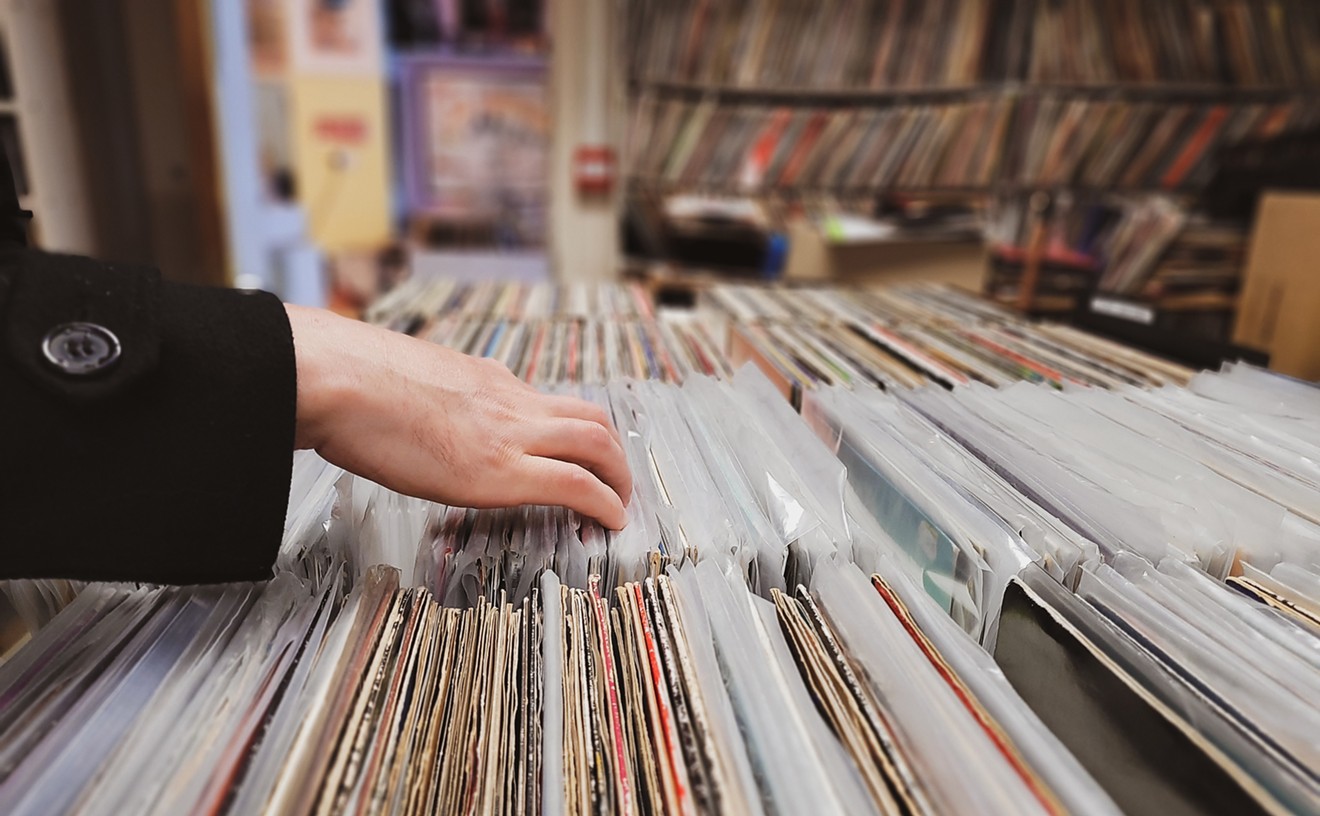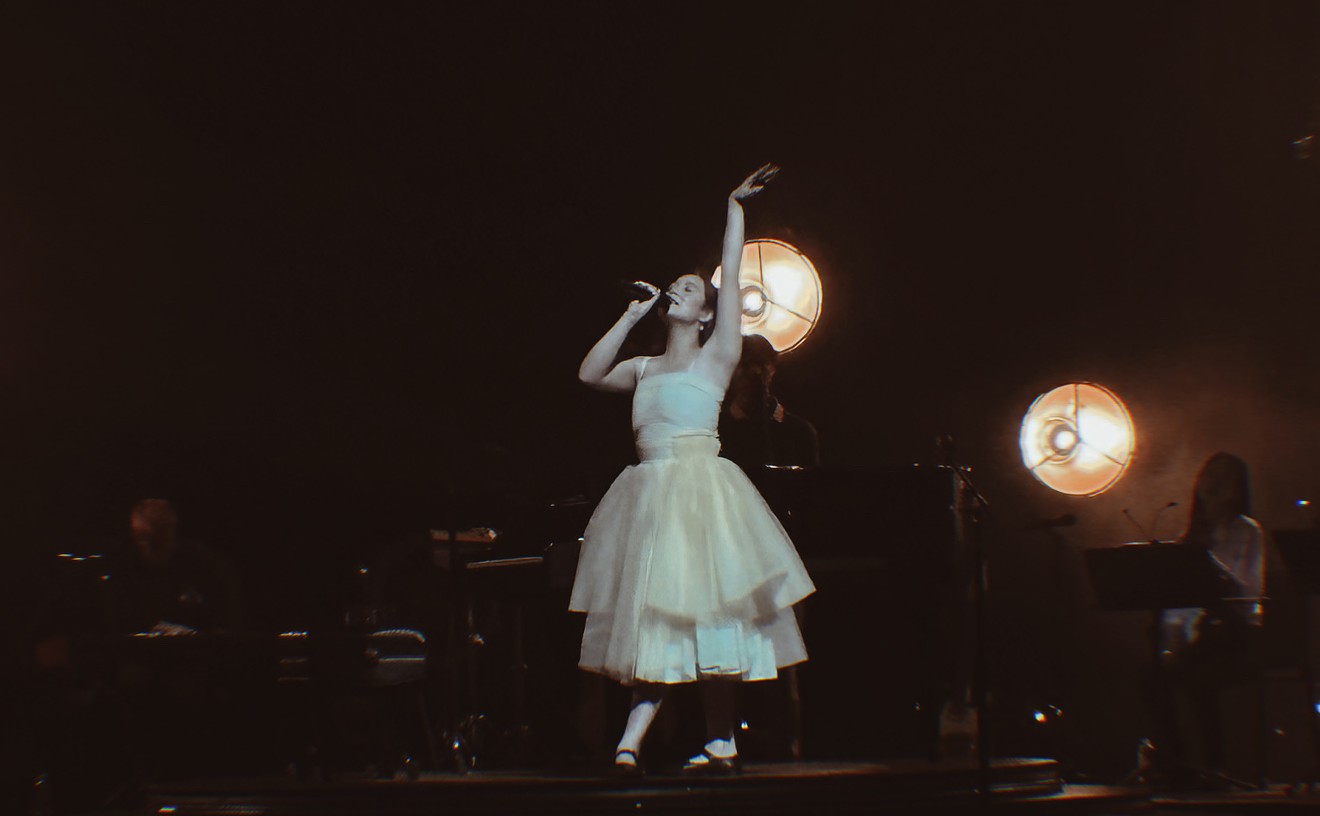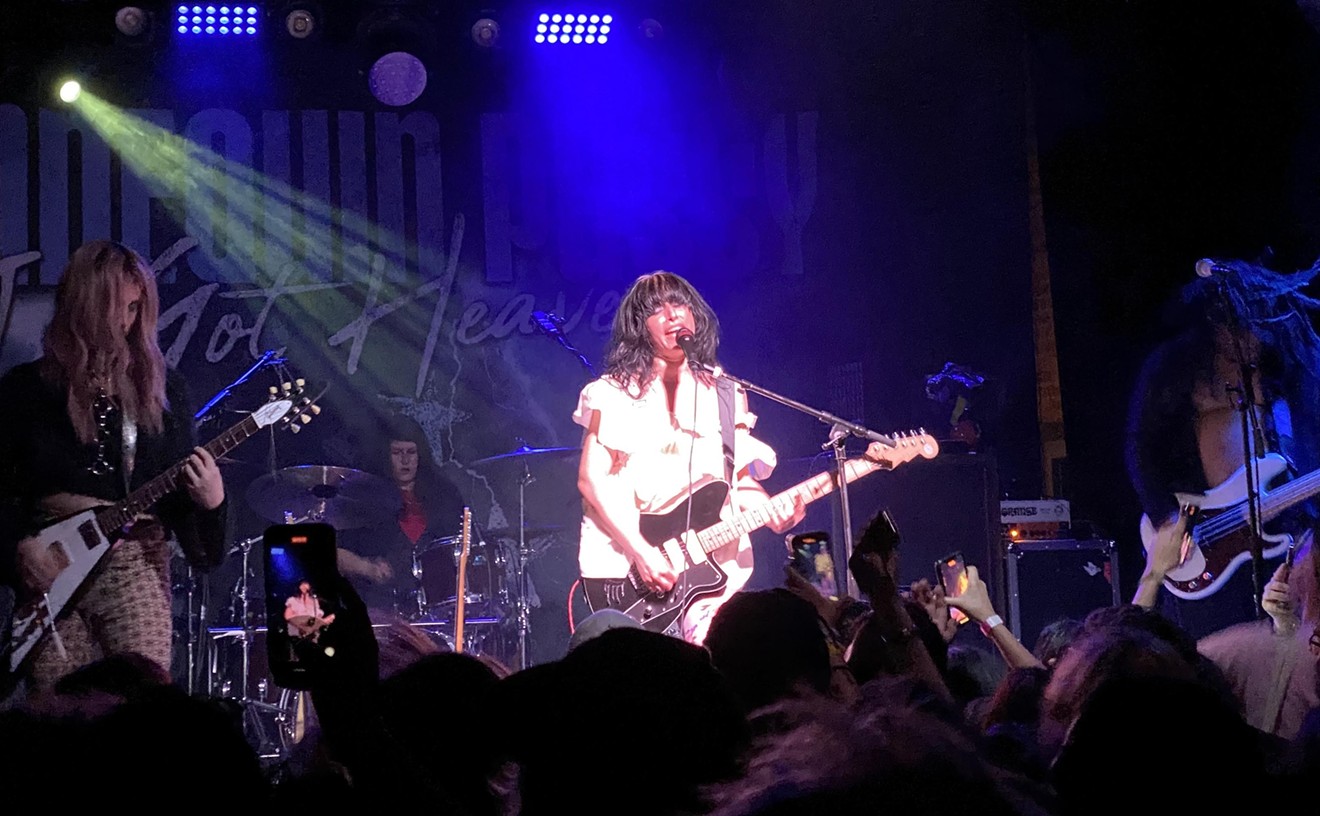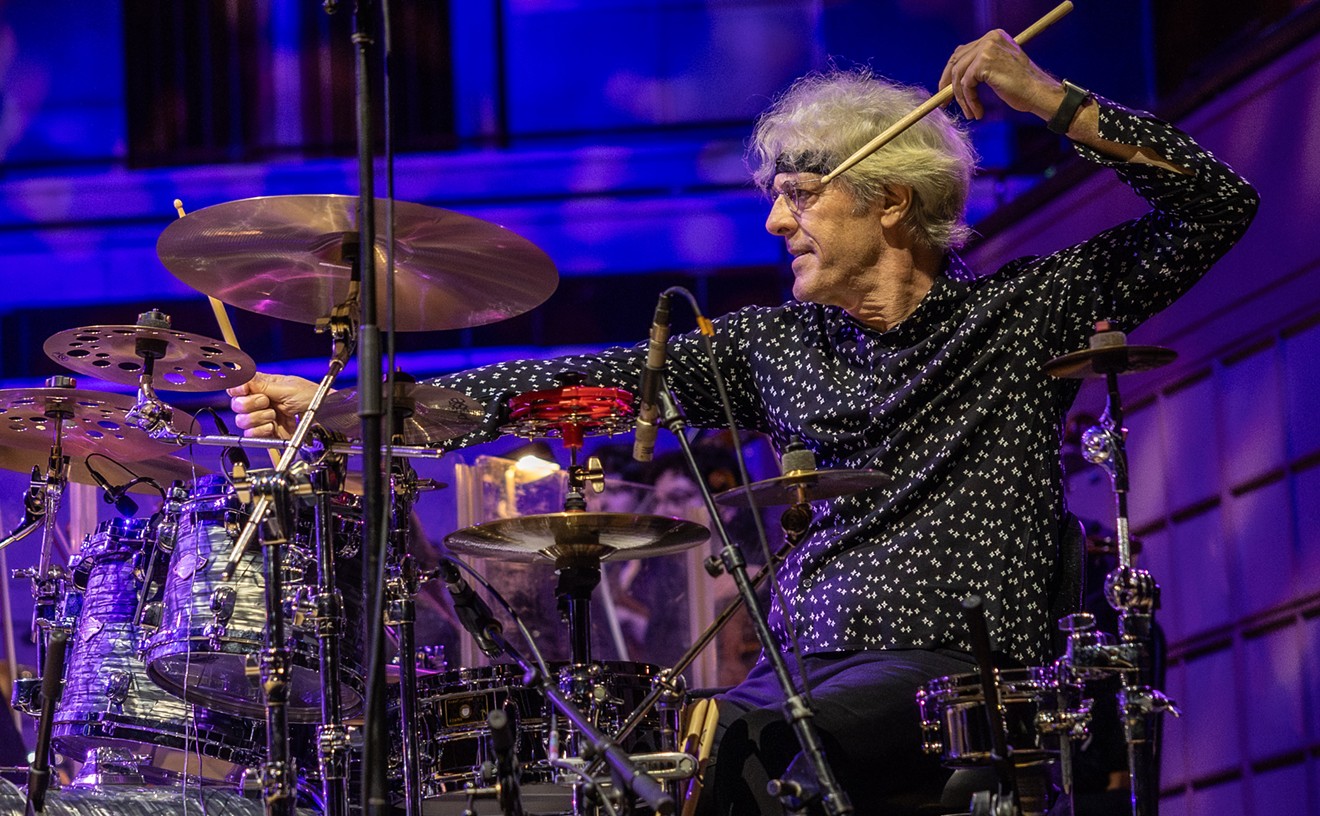It would make more sense if Elvis Costello were coming to Starplex Amphitheatre with a band, any band, rather than just his acoustic guitar and former Attraction Steve Nieve and his piano. It might not be better, but it would definitely be more appropriate. Starplex is built for a rock show, not the kind of intimate evening Costello and Nieve have planned, a set that would be more at home at the corner bar or in your living room than anywhere else. The cavernous Starplex threatens to turn Costello and Nieve's appearance into so much useless beauty, the sound of teardrops landing in a waterfall. It's not as though Costello hasn't given the world fair warning that he doesn't plan to rock anymore, although maybe his appearance on Saturday Night Live's 25th anniversary special, backed by the Beastie Boys, has given people reason not to believe him. And with the various twists and turns his music has taken over the last 10 years, it would be difficult to know exactly what to expect from Costello anymore.
In the past decade, Costello's wanderlust has led him through television soundtrack work (1991's G.B.H. and 1995's Jake's Progress, both with Richard Harvey), chamber-pop excursions (1993's collaboration with The Brodsky Quartet, The Juliet Letters), cocktail-lounge toss-offs (his pairing with jazz guitarist Bill Frisell, 1995's Deep Dead Blue), Attractions reunions (1994's Brutal Youth and 1996's All This Useless Beauty), and finally, a partnership with Burt Bacharach, resulting in last year's so-so Painted From Memory. These projects haven't been the unqualified successes of his early work, all coming with strings attached, often literally. These records are not unworthy additions to the Costello canon; Brutal Youth proves that you can come home again (sometimes), and The Juliet Letters is perhaps the best album you've never heard. They all stand up (well, maybe not the Frisell joint), that is, unless they happen to be standing next to the albums he made between 1977 and 1986. Almost all of those discs -- especially 1977's debut My Aim is True, 1978's This Year's Model (his first with the Attractions), 1979's Armed Forces, 1980's Get Happy!!, 1981's Trust, 1982's Imperial Bedroom, 1983's Punch the Clock, and 1986's Blood and Chocolate -- are better substitutes for everything he's done since then, the kind of records even Costello couldn't top if he tried.
And he stopped trying long ago. For years, his memory seemed to end around 1989's Spike, as he exiled songs such as "Alison" and "Watching the Detectives" and "Accidents Will Happen" and so many others from his set lists. He stuck to material from Spike and 1991's Mighty Like a Rose in concert, while he moved ever further away from his original sound on record. Spike, with two songs ("Veronica" and "Pads Paws and Claws") co-written with Paul McCartney, might have been his last great album, and it could have been even better. (Seek out the version of "Veronica" that appears on a recent bootleg of demos featuring Costello and McCartney for proof that Costello owes more than just his horn-rims to Buddy Holly.)
While Mighty Like a Rose has its share of moments -- the riotous "How to Be Dumb" was one, a dig at Attractions bassist Bruce Thomas' tour tell-all The Big Wheel -- it's more of a disappointment than any of his albums. Pissing on the past in favor of songs from those two discs didn't accomplish anything more than making Costello appear short-sighted or, more to the point, an ungrateful asshole. It wasn't surprising, then, that his audience dwindled with each passing year -- no one wants to watch Mark McGwire take batting practice if he's only working on bunts. He finally rescued those songs from the scrap heap for a reunion tour with the Attractions, and more than a few have remained in his set since then, which is all anyone wanted anyway.
It's not that Costello was expected to continue to be the pigeon-toed punk who appeared on the cover of My Aim is True for the rest of his life; he was more than that to begin with. Costello wasn't just the finest songwriter that emerged from the late-'70s punk scene, he was one the finest songwriters of that era period, and he never had to stop playing the songs he wrote back then to cut the cultural ties that he might have felt bound by. His music may have been informed by the fury and frustration of that time, but a song like "Alison" was a great song no matter what setting it appeared in, as Costello and Nieve proved on their tour together in 1996. (The new version can be heard on a five-CD box Warner Bros. released in 1997.) He wrote melodies that were timely and timeless, songs that reflected his belief that "music doesn't begin and end with rock and roll," as he told the Dallas Observer in an interview last year. Motown, Burt Bacharach, Frank Sinatra, country and western, his father Ross MacManus' career as a big-band vocalist -- they all had more influence on him as a musician than the punks he was associated with. Even as far back as 1982, when he went to Nashville and came back Almost Blue, he was cutting records that had little -- or nothing at all -- to do with rock and roll. More than two decades down the line, if he hasn't proved he's more than that angry young ex-computer nerd, he never will.
Still, it's too bad his new backing band couldn't come to town with him. Sure, it was only a one-off gig, but seeing Costello perform "Radio, Radio" with the Beastie Boys filling in as the Attractions on Saturday Night Live came close to capturing the thrill of the first time he performed that song on the show in 1977, after stopping "Less Than Zero" almost as soon as he'd started it. Adam Horowitz seemed to take special pleasure in re-creating the role created by Nieve (and who wouldn't?), bouncing behind his keyboard while he tapped out the song's signature riff. Costello was a little thicker around the middle, and the song probably didn't mean as much to him now as it did then, but he looked just as happy as Horowitz as they banged out a version somehow scrappier than the original. It doesn't hurt to be reminded every once in a while that that part of him is still around. ![]()
Zac Crain










